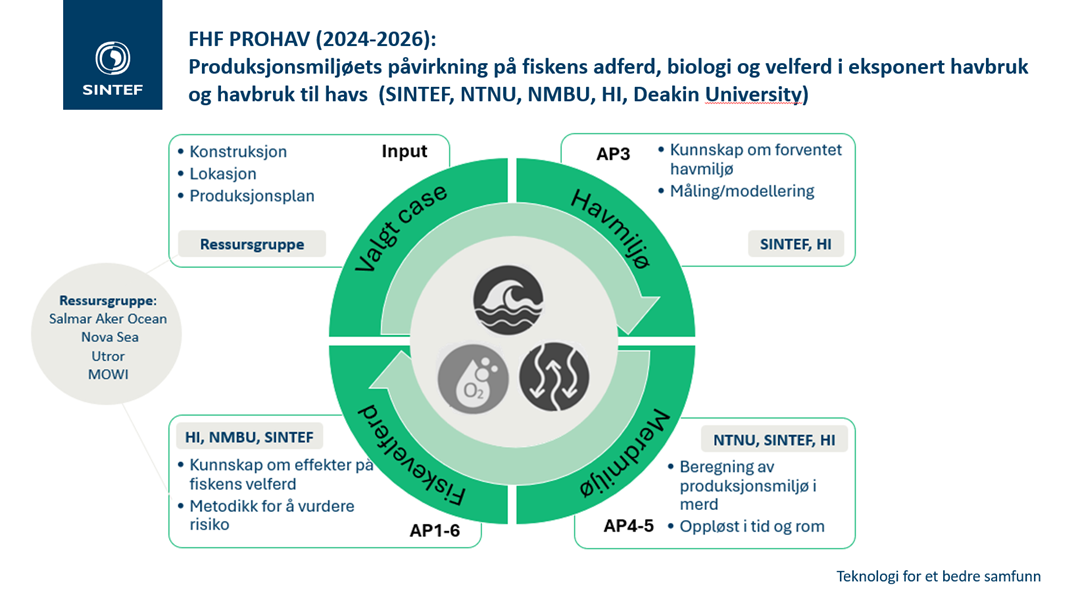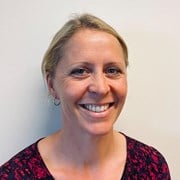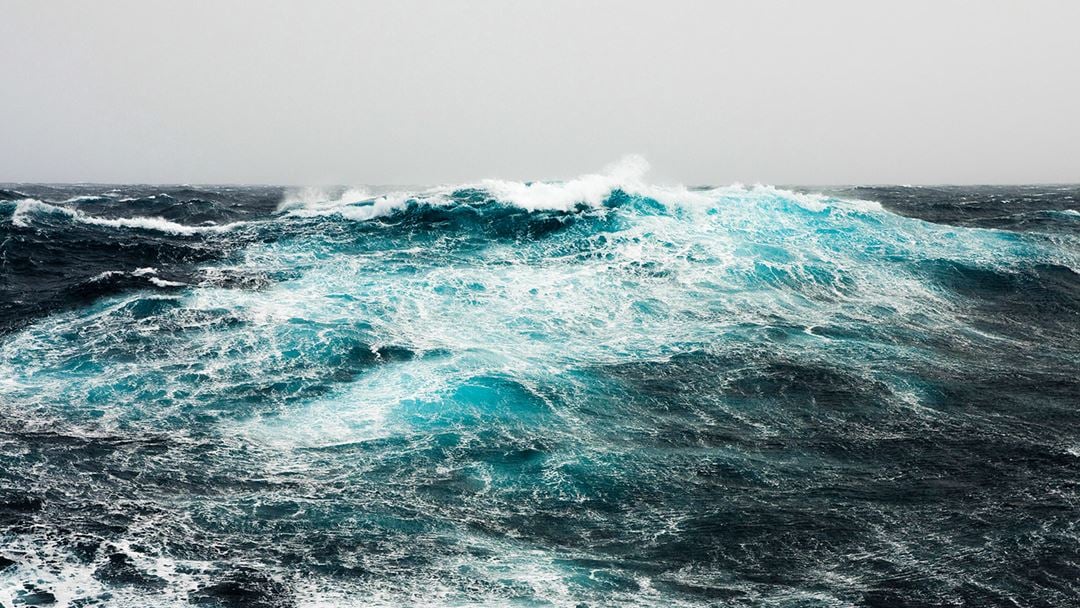A suitable production environment is a prerequisite for unleashing the potential for sustainable growth in exposed aquaculture and offshore aquaculture. For those planning the development of concepts for exposed aquaculture and offshore aquaculture, it is crucial to be able to foresee and manage risks for fish welfare, related to suboptimal or unacceptable current, wave, or oxygen conditions.
The use of numerical models to predict and evaluate these conditions is important to select optimal sites, the best production strategy, as well as to develop production technology that results in a suitable living environment for the fish.
By conducting this type of simulation and evaluation early in the development process, adjustments can be made to ensure that fish welfare is maintained within the new production unit. The goal of the PROHAV project is to develop a tool to do this, which we have called a ‘production environment model’.

An important collaboration
The research partners in PROHAV (SINTEF Ocean, Institute of Marine Research, Deakin University, NTNU, and NMBU) have been central in developing relevant knowledge and models for exposed aquaculture and offshore aquaculture.
The partners' research has uncovered knowledge gaps regarding current, wave, and oxygen development, and how these environmental parameters affect fish in these forms of aquaculture. An important goal for the project is therefore to develop knowledge and simulation methods, to achieve as reliable and accurate a production environment model as possible.
A resource group
A resource group with representatives from the aquaculture industry (Utror, MOWI, SalMar Aker Ocean, NovaSea) is affiliated with the project, which will be important for adapting this type of tool to the industry's needs.

